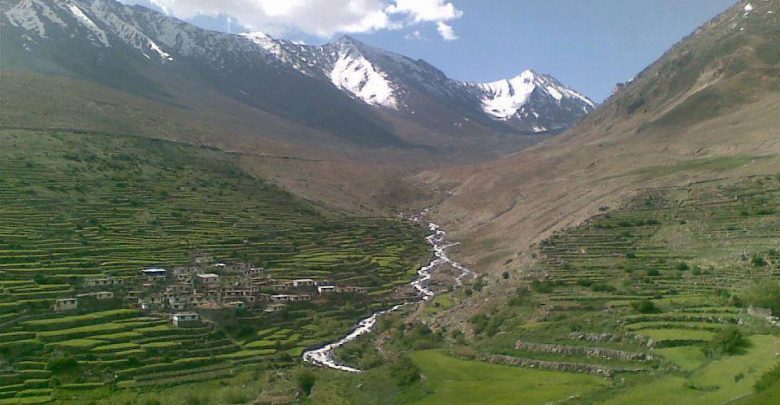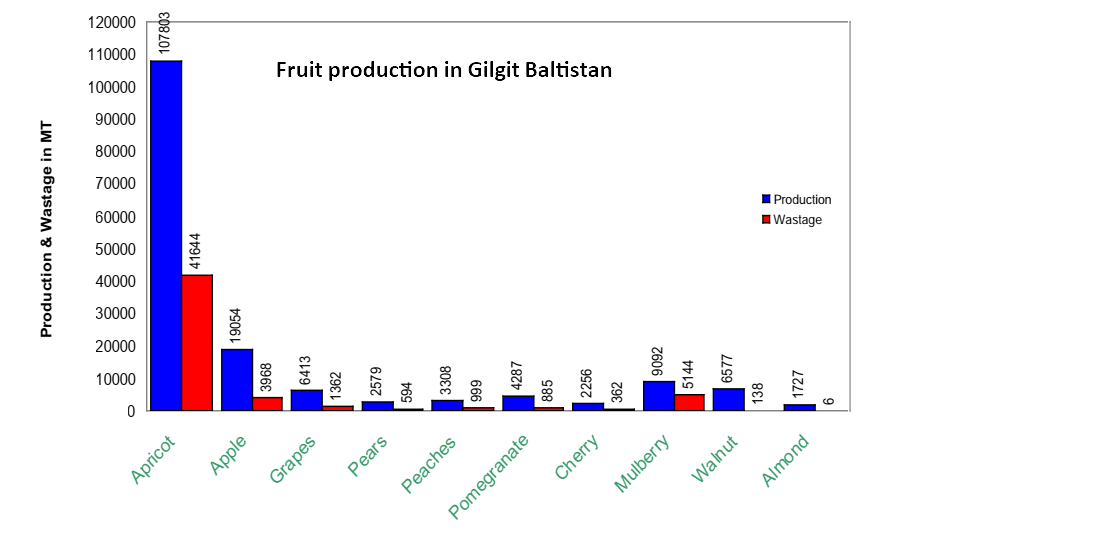Agriculture system and problems in Gilgit Baltistan

Gilgit Baltistan is a mountainous region. that’s why the agriculture system and problem are different here from other areas of Pakistan. The Ice and glaciers melt from mountain heights and flow into drinking water in the form of rivers and streams.
In some places, it accumulates in the form of lakes. From where it seeps through the underground passages and boils in the form of springs at the foot of the mountains and at the mouths of the canals.
Irrigation Issues in the agriculture system in Gilgit Baltistan
All the settlements are located on the slopes of the mountains. The valleys here are narrow; district Rondu and district Kharmang Baltistan are narrowest. Khaplo Baltistan and Shigar’s foothills are relatively wide. Skardu Valley is the largest open valley where the area from Thorgu Village to Hoto village is eight to six kilometers wide.
The plains are sparse, the narrower the valley, the smaller the fields. There is too much soil and too little fertile soil. It also has very few levels of nitrogen.
Therefore, without fertilizer, there is no origin. Special arrangements are made for the preparation of fertilizers. Due to the drought in the air, agriculture is not possible without irrigation.
Rivers flow down below Villages. That is why irrigation is not useful with River water. Throughout Baltistan, parts of Kowardo, Ghawari, Koro, Gon and some places in Shigar are irrigated by the river.

Agriculture system in Gilgit Baltistan
Irrigation depends on springs, Ice, natural and pet glaciers water, the availability of water depends on the scorching heat. But persistent storms make the weather worse for farmers. The canals here have been built on steep cliffs and difficult slopes.
Where it is not possible to dig or build a wall. So, wooden poles have been installed which are replaced after a few years. Creating new fields is hard work in these areas. Water brought through canals is collected in ponds and later from there as required it is left in the fields.
Due to these difficulties, agricultural lands have been severely affected. As it is, it has become a problem in the growing population. In earlier times, when the household had to produce grain for the whole year, the autumn crop was necessarily cultivated.
Now that more sources of food have become available, people have stopped cultivating autumn crops since the second half of the 1970s.
Due to the high altitude and glacier-covered mountains, it feels like there is no sun in winter. Some populations in the upper villages are deprived of sunshine for three months of winter.
This is because during this time there are high mountains between the sun and the population, which affects the fertility of the land and often dries out different plants.
In the last week of June, when the small valleys in the mountains turn green, the cattle are moved over there for grazing and brought back to their homes in the fourth week of September. Thus a significant portion of the fertilizer is lost.
Cultivable area of Baltistan
The total cultivable area of Baltistan is about twenty thousand hectares. The areas under cultivation are divided into seven categories. Mal Jing (Fertile filed) Brasod (average soil for fertilizer) Das (Rocky) Saagzaar( for vegetables) Baagh (plants of fruits) Aol( Grass for animals) Broq (Cultivable areas in nullah)
Autumn crops
The last week of June and the first week of July is the timing for autumn crops. Turnips are grown in cold regions and especially in the upper areas of Nullah. Turnip is also cultivated as an autumn crop.
Turnip cultivation is common in the Kharmang district. For food, maize is grown in the Rondu district, which is rarely grown in other areas. Mustard, rice and cotton are not grown here even though they have been tested.
The rice cultivation was stopped by the Ranga people due to the looting of Dogra employees. From the late 1980s, Baltistan began to grow potatoes on a commercial scale, which led to a historic revolution in the local economy.
Father of Potato
This good work was started in 1982 by Dr. Abdul Ghafoor Bhatti, an agronomist from Lahore, so he is popularly known as Baba Aaloo (Father of Potato). It should be noted that potatoes were first introduced in Baltistan by Raja Ahmad Shah of Skardu in 1836 from Ludhiana.
Vegetables
Vegetables include potatoes, cabbage, tomatoes, eggplants, radishes, peppers, spinach, salads, carrots, onions, turnips and some other greens. Potato production is high in Khaplu Valley. Melons and watermelons are abundant in Skardu and Shigar areas in particular and in some other places as well. Cucumbers are grown in more or less the whole area.
Fruits
Among the fruits here Mulberry, cherry, apples, almonds, pears, peach, walnuts, grapes are found all over Baltistan. There are plenty of apricots and Mulberry in Baltistan which are not restricted to free food.
The rest of the fruit trees are on the edges of ordinary fields. Figs and pistachios are almost non-existent. Baltistan’s vegetables and fruits are inexhaustible.
Read also: The climate of Gilgit Baltistan, Pakistan
